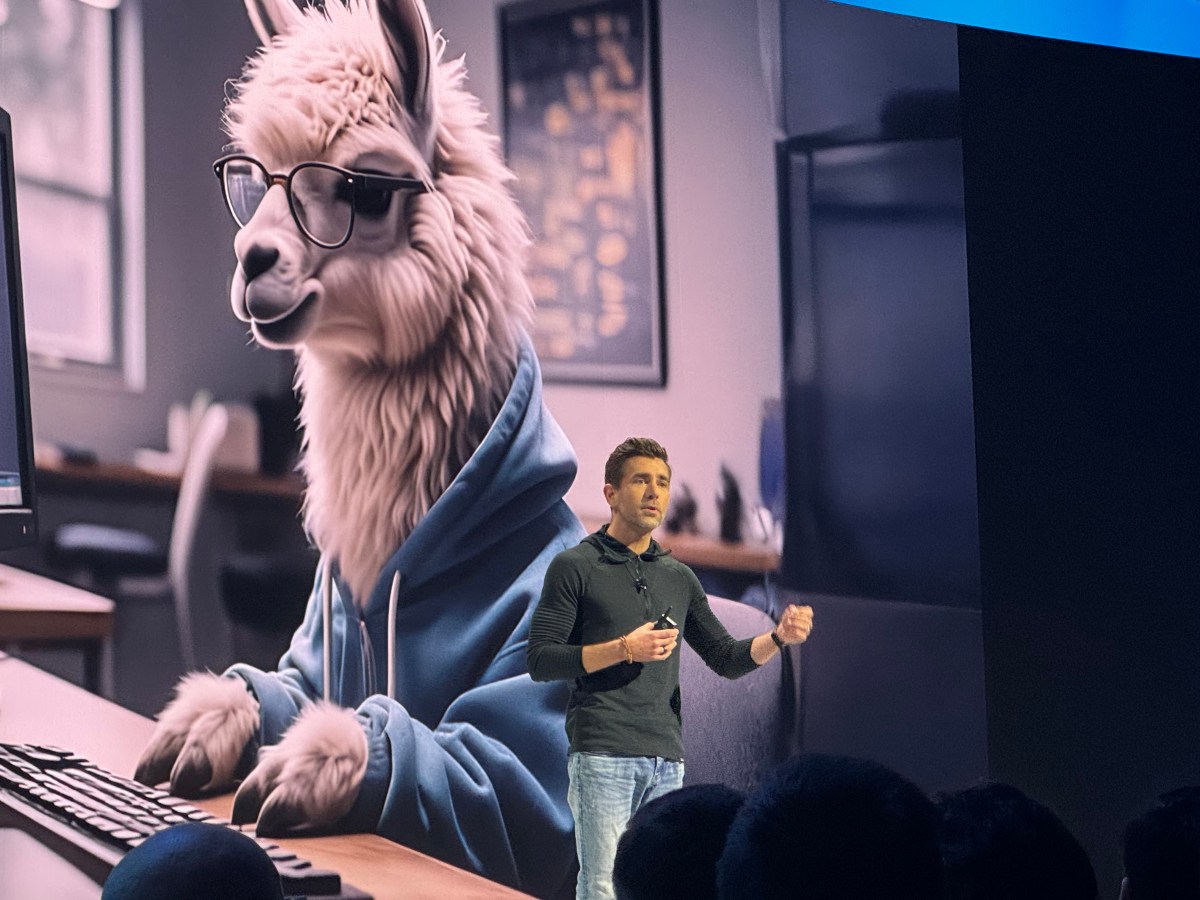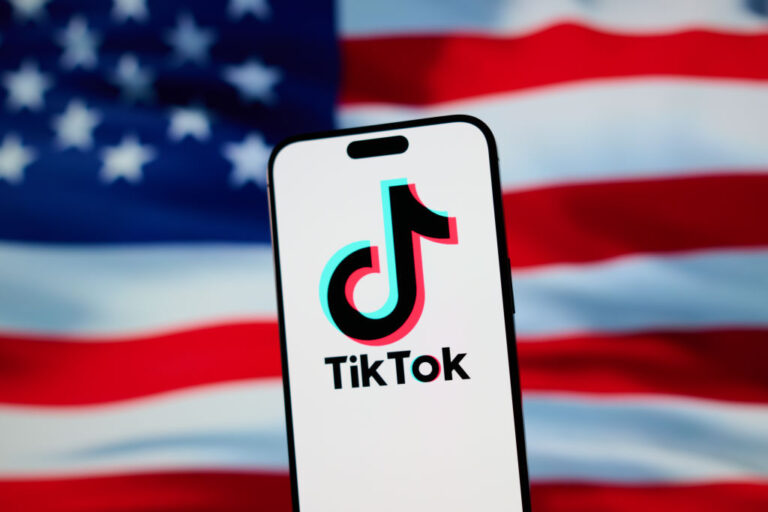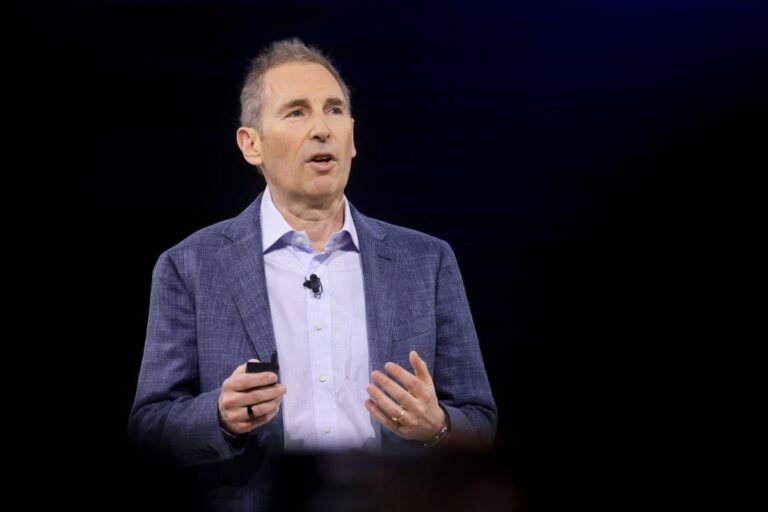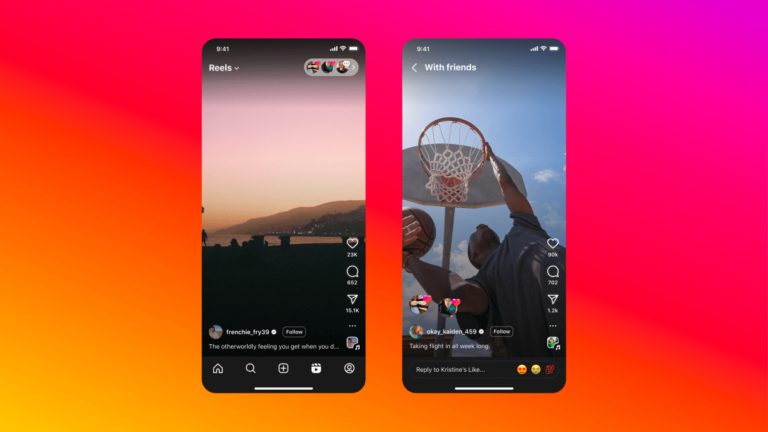Meta’s LlamaCon: The Bold Move to Outshine OpenAI in the AI Arena
On Tuesday, Meta hosted its inaugural AI developer conference, LlamaCon, at its headquarters in Menlo Park, California. During this groundbreaking event, the tech giant unveiled a consumer-focused Meta AI chatbot app designed to compete with ChatGPT. Additionally, they announced a developer-oriented API for accessing Llama models in the cloud, aiming to enhance the adoption of their open AI solutions.
Meta’s Ambitious AI Strategy
The release of both the Meta AI chatbot app and the Llama API reflects the company’s strategy to broaden the influence of its open Llama AI models. However, a significant underlying motive appears to be outpacing competitors like OpenAI. Meta’s vision seeks to cultivate a robust open AI ecosystem that challenges the “closed” model systems of providers such as OpenAI, which restrict access to their models.
Features of the Meta AI Chatbot App
The newly launched Meta AI chatbot app introduces unique features that set it apart from existing platforms:
- Social Feed: Users can share their AI conversations, creating an interactive community.
- Personalized Responses: The app tailors replies based on user activity across Meta applications.
Introducing the Llama API
Meta’s Llama API represents a formidable challenge to OpenAI’s API offerings. This innovative API simplifies the process for developers wishing to integrate Llama models into their applications:
- Efficiency: Developers can connect to Llama models with just a single line of code.
- Independence: There’s no need for third-party cloud providers, enhancing flexibility.
- Comprehensive Tools: Meta aims to provide a complete suite of resources for AI developers.
Meta vs. OpenAI: A Competitive Landscape
Meta views OpenAI as a key competitor in the AI industry. Recent court documents reveal that Meta executives have been focused on surpassing OpenAI’s advanced GPT-4 model. This competitive spirit is integral to Meta’s AI strategy, where they aim to differentiate themselves from proprietary model providers.
In a letter from July 2024, CEO Mark Zuckerberg emphasized that “selling access to AI models isn’t [Meta’s] business model,” illustrating a clear departure from approaches taken by OpenAI.
Community Insights from LlamaCon
During a discussion at LlamaCon with Databricks CEO Ali Ghodsi, Zuckerberg remarked on the importance of collaboration among AI labs that distribute their models openly. He pointed out that models like DeepSeek and Alibaba’s Qwen can be seen as allies against closed model providers.
“Part of the value around open source is that you can mix and match. If another model, like DeepSeek, is better at something — then, as developers, you have the ability to take the best parts of the intelligence from different models,” Zuckerberg explained. “This flexibility is how open-source can surpass the quality of closed-source models.”
Regulatory Considerations and Future Directions
In addition to competing with OpenAI, Meta may also be leveraging its open models to align with regulatory standards, such as the EU AI Act, which offers advantages to companies providing “free and open source” AI systems. Meta frequently refers to its Llama models as “open source,” despite ongoing debates regarding their compliance with the necessary criteria.
Ultimately, Meta appears poised to continue launching AI initiatives that bolster the open model ecosystem while simultaneously curtailing OpenAI’s expansion, even if that entails not delivering the most advanced models in the market.
For further insights into the evolving landscape of AI technology, visit TechCrunch and stay updated on the latest developments in AI.







